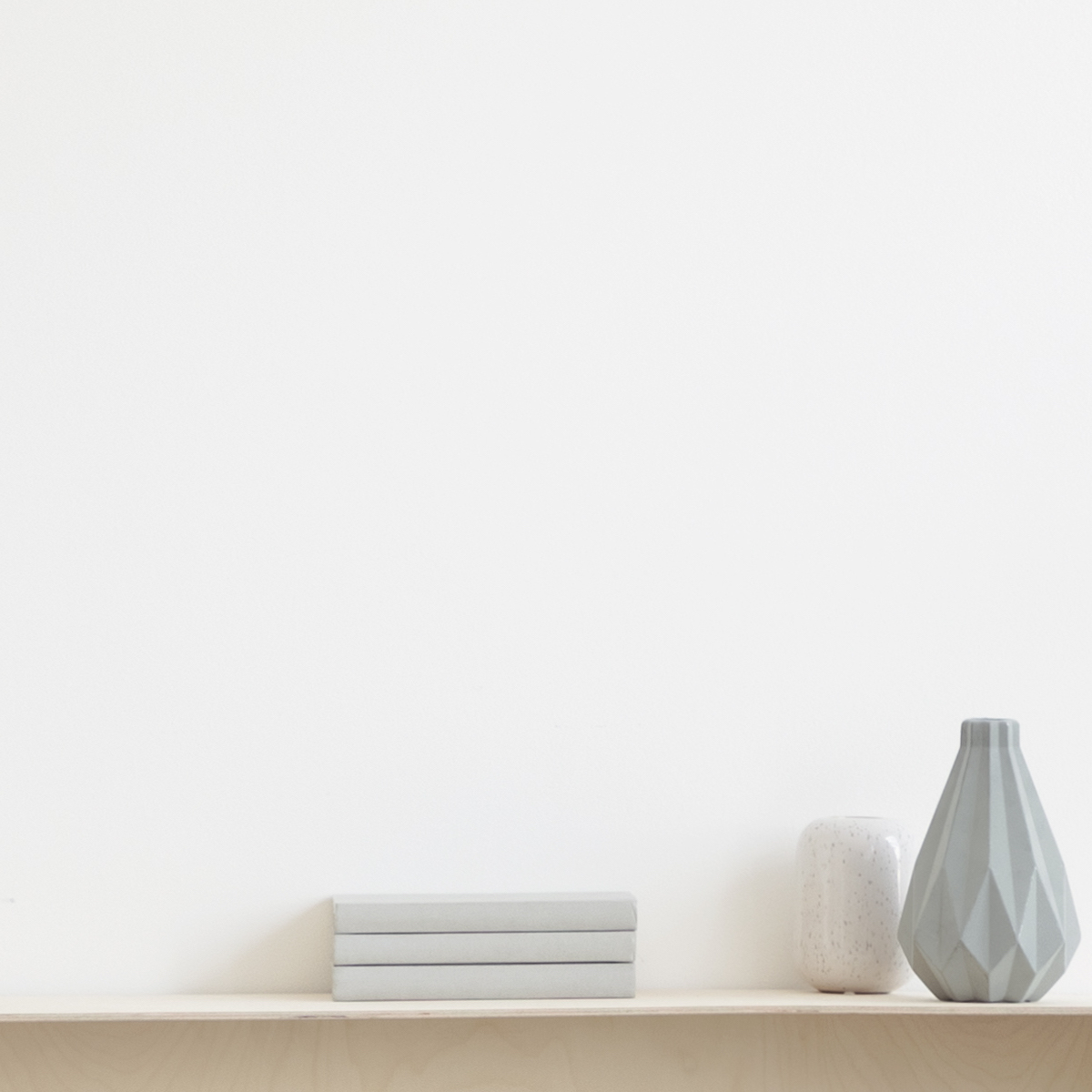Sold
See more from Pierre BayetThe artist offers works on commission
Did you miss the opportunity to buy this work? Good news: the artist can also create a custom work, just for you!
Seller Pierre Bayet
"Fine-Arts" prints on paper
It is a process of printing on art paper using very high-quality pigment inks and printed in very high definition. Its level of conservation is exceptional (more than 100 years), its quality, depth, and richness of nuances exceeds the classic photo print on Argentic paper.

Glossy finish
Apart from its exceptional thickness, the fiber paper is composed of an alpha-cellulose base without acid and it is covered with barium sulphate, and a microporous layer absorption enhancing pigments during printing. A pure white color, non-yellowing to light, this paper is especially designed for resistance and aging. It is used by major museums worldwide as it offers excellent resolution, rendering deep and dense colors.
Art Print "Fine Art" - Glossy finish on a fiber base paper 325 g.

Our high end prints and reproductions
ArtMajeur only uses natural papers with neutral pH, resistant, and of high quality, selected from renowned papermakers!
Constant attention is paid by our master printer, whether in terms of color control or respect for the graphic chain. Our high level of quality requirement is a major asset of ArtMajeur framed art prints.
For Artists! You help artists to live from their work. They receive royalties everytime you buy their prints.
About our fine printsPurchase a license to use this image for your website, communications or to sell merchandise.
Usage: Web Licence
| 1500 px | ||

|
1070 px |
| Dimensions of the file (px) | 1500x1070 |
| Use worldwide | Yes |
| Use on multi-support | Yes |
| Use on any type of media | Yes |
| Right of reselling | No |
| Max number of prints | 0 (Zero) |
| Products intended for sale | No |
Download immediately upon purchase
This image is available for download with a licence: you can download them at anytime.
Restrictions
All images on ArtMajeur are original works of art created by artists, all rights are strictly reserved. The acquisition of a license gives the right to use or exploit the image under the terms of the license. It is possible to make minor modifications such as reframing, or refocusing the image so that it fits perfectly to a project, however, it is forbidden to make any modification that would be likely to harm the original work In its integrity (modification of shapes, distortions, cutting, change of colors, addition of elements etc ...), unless a written authorization is obtained beforehand from the artist.
Custom licences
If your usage is not covered by our standard licences, please contact us for a custom licence.
Art image bank-
Original Artwork (One Of A Kind)
Drawing,
Pencil
on Paper
- Dimensions Height 11in, Width 15.8in
- Artwork's condition The artwork is in perfect condition
- Framing This artwork is not framed
- Categories Drawings under $500 Hyperrealism Architecture
Voici l'extrait d'un texte écrit , à l'époque, par le gouverneur de la province de Liège (Michel Foret) pour la préface du livre "Liège et le palais des princes-évêques, Fonds Mercator-2008.
"... Haut lieu de mémoire et de patrimoine, depuis la fondation lointaine de la Civitas (Cité de Liège) et son expansion sous la dynastie des Carolingiens, le palais a incarné la destinée liégeoise. Notger (Xè siècle) sera le bénéficiaire prestigieux du système de l'Eglise impériale qui donnera naissance à la principauté de Liège. Il reconstruira le palais dont certaines parties auraient subsisté jusqu'au XVIIIè siècle. Son action sera continuée par des personnalités d'exception comme Erard de la Marck (XVIè siècle).
Depuis la Renaissance, le palais n'a cessé de jouer son rôle de lieu central de l'exercice du pouvoir, ce qui explique la décision du roi Léopold Ier et de son gouvernement, après la révolution belge de 1830, de construire un lieu digne des nouvelles institutions provinciales. (Celui-ci est accolé au côté Ouest du palais).
Aujourd'hui, le palais de Liège continue à vivre intensément. Il est considéré comme le plus beau monument civil de Wallonie et reconnu comme tel par son inscription récente sur la liste du Patrimoine européen."
Selon la légende, la gaufre de Liège fut inventée en Belgique par le cuisinier du Prince de Liège, au XVIIIe siècle. Celui-ci ayant demandé une pâtisserie sur base de gros morceaux de sucre perlé, le cuisinier tenta la cuisson d'une pâtisserie type brioche dans un gaufrier avec du sucre perlé mélangé à la pâte.
Un grand merci à mon ami Philippe Hacherelle, ancien collègue et maintenant guide à la ville de Liège, pour ses précieux renseignements.
Dessin aux crayons de couleur sur feuille A3.
Related themes
I was born on November 15, 1962 and I draw under the name of π Rdessins .
I am an amateur designer living in Hotton in the Belgian Ardennes.
I started drawing in 2019 to pass my retirement time.
I don't have an academic background, but I've watched a lot of professional draftsman's work and browsed drawing sites on the internet. Determination and passion do the rest.
I seek realism and precision in my work. I do most of my drawings with colored pencils. My main themes are heritage, nature and antiques, but I'm also drawn to anything beautiful.
To date I have made more than 200 drawings and my technique has evolved a lot, always in search of realism.
I took part in numerous exhibitions in my region (Liège, Durbuy, etc.) and in international competitions.
My drawings are sold all over Europe (Spain, Italy, Portugal, Germany, Malta,…). I also make drawings on request from a photo.
-
Nationality:
BELGIUM

- Date of birth : 1962
- Artistic domains: Works by artists with a certified artist value,
- Groups: Certified Artists Contemporary Belgian Artists









